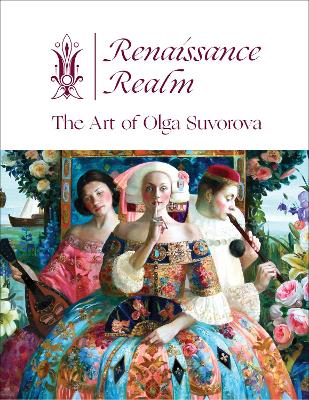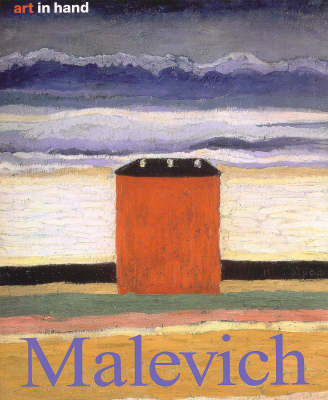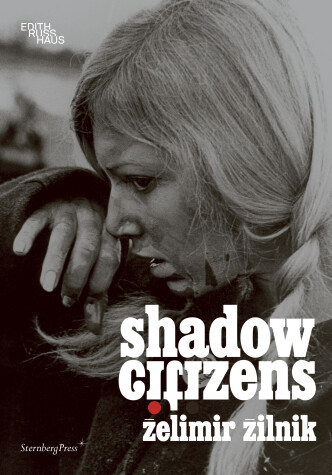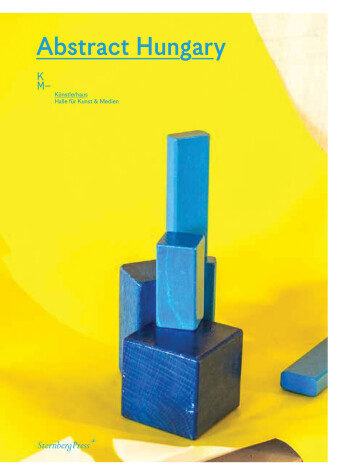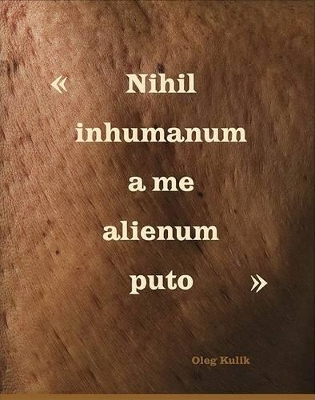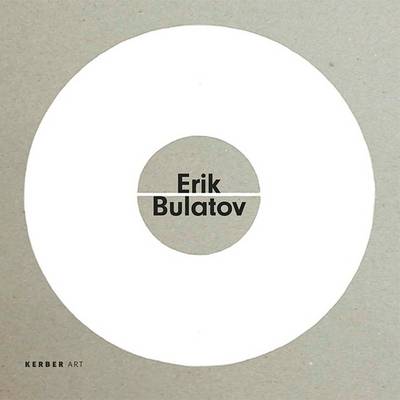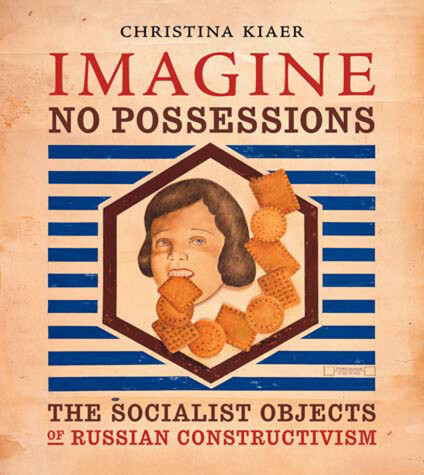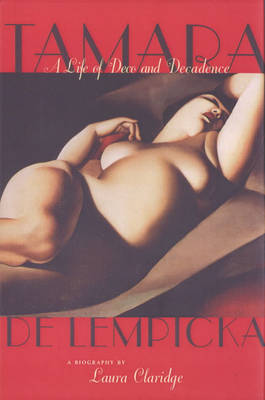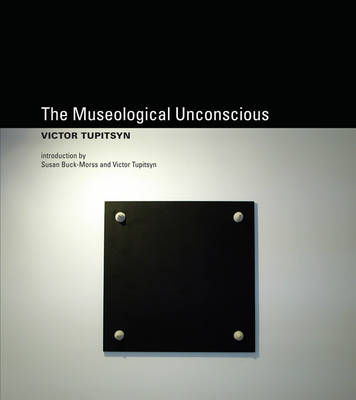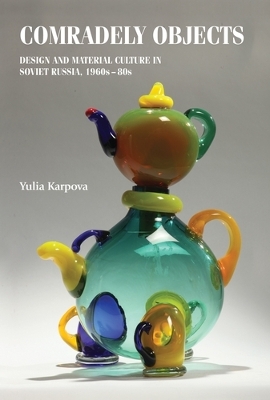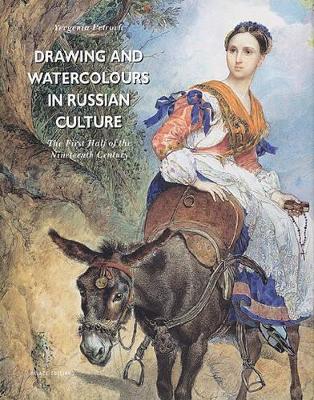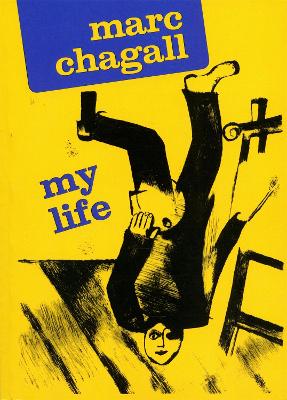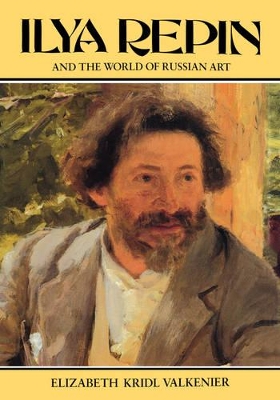Punk Orientalism: The Art of Rebellion explores the spaces and places associated with the former Soviet Union, focusing on the artists and ideas hailing from Central Asia and the Caucasus, which were long perceived as an extension or “client” states of the USSR. The theme of non-conformity and the punk rejection of state authority is a continuous thread throughout the book, which highlights changing and divided societies and their evolving norms in the post-Soviet period. Inspired by the titula...
Performance art in Western Europe and North America developed in part as a response to the commercialisation of the art object, as artists endeavoured to create works of art that could not be bought or sold. But what are the roots of performance art in Eastern Europe and Russia, where there was no real art market to speak of? While many artworks created in the 'East' may resemble Western performance art practices, their origins, as well as their meaning and significance, is decidedly different....
This book examines the legacy of international interwar modernism as a case of cultural transfer through the travels of a central motif: the square. The square was the most emblematic and widely known form/motif of the international avant-garde in the interwar years. It originated from the Russian artist Kazimir Malevich who painted The Black Square on White Ground in 1915 and was then picked up by another Russian artist El Lissitzky and the Dutch artist Theo van Doesburg. It came to be understo...
"Born in the 1360s, Andrey Rublev was a Muscovite monk and icon painter who died between 1427 and 1430 in Moscow. He is acknowledged as the supreme medieval Russian painter of icons and frescos, yet much about him remains mysterious. To date there is no volume in English on him or his work. This book addresses the gap, giving an overview of Rublev’s own times and later reputation, and taking in the most recent Rublev scholarship. It uses Russian-language material (including Old Russian), but is...
Russian painter Olga Suvorova is internationally known for her brilliant reinterpretations of English Pre-Rafaelite art, described by critic Viktoriya Syslova as "amazingly modern in their exquisite theatricality." Both exuberant and philosophical in mood, her richly detailed worlds depict people who are somehow familiar to us, even in their extravagant costumes. In this first-person account, accompanied by over 150 images of her colorful paintings, Suvorova describes her backgro...
Explorations of the radical film praxis and extensive oeuvre of filmmaker Želimir Žilnik. Shadow Citizens offers insights into the radical film praxis and extensive oeuvre of filmmaker Želimir Žilnik (b. 1942). Since his beginnings in the lively amateur film scene of Yugoslavia in the 1960s, Žilnik has made more than fifty films, often in the genre of docudrama. Many of Žilnik's films have anticipated real-world events--the dissolution of Yugoslavia, the economic transition from socialism to a...
Since the 1960s, artists in Hungary have displayed a penchant for abstraction when it comes to complex social conditions and efforts to enact political change.The abstracted visual language of Hungarian artists is the focus in the Künstlerhaus exhibition “Ábstract Hungary” curated by Ákos Ezer, a painter who in this catalog hastranslated the present-day reality in his home country through the framework of "abstraction." This theme is, in fact, a revival, as the Künstlerhaus has previously presen...
The Peoples of the Great North (Temporis)
by Valentina Gorbatcheva and Marina Fedorova
How Constructivist artists in Russia between 1923 and 1925 developed a counterproposal to capitalism's commodity fetish by producing objects meant to be "comrades" in the creation of an egalitarian socialist culture.In Imagine No Possessions, Christina Kiaer investigates the Russian Constructivist conception of objects as being more than commodities. "Our things in our hands must be equals, comrades," wrote Aleksandr Rodchenko in 1925. Kiaer analyzes this Constructivist counterproposal to capita...
Born in 1899 to Russian aristocrats, Tamara de Lempicka escaped the Bolsheviks by exchanging her body for freedom, beginning a sexual career that included most of the influential men and women she painted. This book examines her life and work, encompassing her artwork and her amorous adventures.
Kunstschätze der Zaren
Zar Peter der Große legte 1714 nahe St. Petersburg den Grundstein zu Schloss Peterhof, dem „russischen Versailles", das zwei Jahrhunderte lang als Sommerresidenz der Zaren diente. Während die Schlossbauten im Zweiten Weltkrieg beinahe vollständig zerstört wurden und bis heute aufwendig rekonstruiert werden, gelang es, viele der Kunst- und Ausstattungsgegenstände des Palastkomplexes zu evakuieren. Der Katalog stellt mit zahlreichen Abbildungen und Textbeiträgen die im Augsburger Schaezlerpalais...
The history of contemporary art in Russia, from socialist realism to the post-Soviet alternative art scene. In The Museological Unconscious, Victor Tupitsyn views the history of Russian contemporary art through a distinctly Russian lens, a "communal optic" that registers the influence of such characteristically Russian phenomena as communal living, communal perception, and communal speech practices. This way of looking at the subject allows him to gather together a range of artists and art move...
Comradely Objects (Studies in Design and Material Culture)
by Yulia Karpova
The Russian avant-garde of the 1920s is broadly recognised to have been Russia’s first truly original contribution to world culture. In contrast, Soviet design of the post-war period is often dismissed as hack-work and plagiarism that resulted in a shabby world of commodities. This book offers a new perspective on the history of Soviet design by focusing on the notion of the comradely object as an agent of progressive social relations that state-sponsored Soviet design inherited from the avant-g...
This publication is dedicated to the history of Russian drawing and watercolours of the first half of the nineteenth century. The book is aimed at combining various methods of studying this vast material: chronological, genre, stylistic, artistic, analytic, historical and everyday. Drawing is presented here as an independent creative sphere as well as collaborating with other forms of art. The catalogue introduces individual peculiarities of outstanding artists of that period and researches draw...
Moscow's State Tretyakov Gallery and A.A. Bakhrushin State Central Theatre Museum house the world-famous collections of Russian art and theatre design. This publication brings together for the first time a representative selection of works by Jewish artists from these two treasure troves. Some of the artists have great reputations, but most of them have until now remained obscure. "Modern Masterpieces from Moscow" covers the period from the birth of the Russian avant-garde around 1910 until the...
My Life was written in Moscow in 1921-1922, when Chagall was thirty-five years old. Although long out-of-print, it remains one of the most extraordinarily inventive and beautifully told of all autobiographies. The text is accompanied by twenty plates which Chagall prepared especially to illustrate his life story. Together, the words and pictures paint an incomparable portrait of one of the greatest painters of this century, and of the now vanished milieu which inspired him.
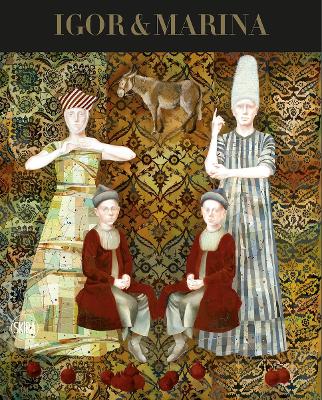
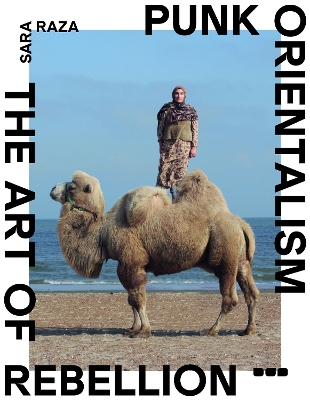
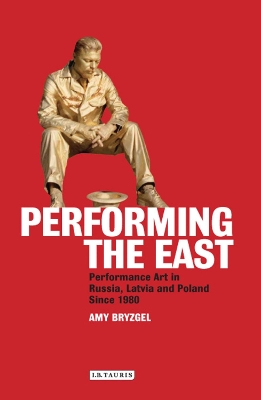
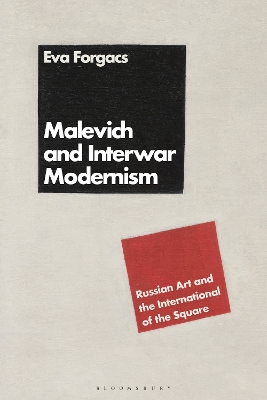
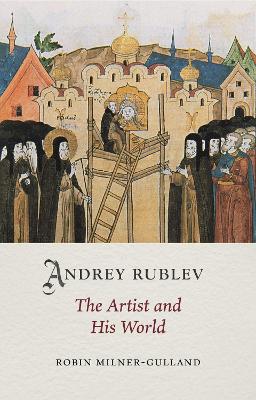
![Cover of Icons [Hc]](https://images.bookhype.com/covers/36/b6/91578448-f5dc-4294-8ce3-855bd5326b63/9781844845583-ad6feda366fb70e346f44d.jpg)
